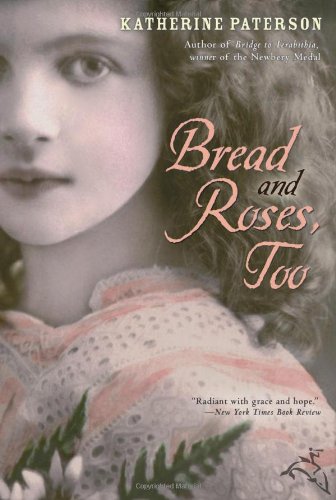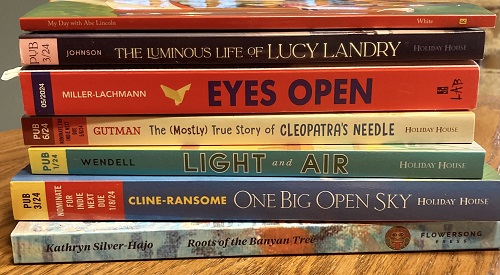Bread And Roses, Too
Paterson tells the story of the pivotal 1912 “Bread and Roses” strike through the eyes of two children. Rosa Serruti attends school, while her mother and sister are two of the many immigrant mill workers in Lawrence, Massachusetts, who can’t afford to buy the clothing they make. Young Jake Beale also works in the mills, avoiding his drunken father by living on the streets.
When the workers strike over short pay, Rosa fears for her family’s safety. She nevertheless helps the illiterate strikers by making a picket sign, “We want bread, and roses, too.” When the conflict turns violent, the union arranges to send strikers’ children to live with union sympathizers out of state, where they will be fed and clothed for the duration. Rosa boards the train to Vermont reluctantly, where her own worries are briefly set aside when she finds Jake hiding under a seat. She agrees to let him pretend to be her brother, but doesn’t know that Jake is fleeing Lawrence before he can be accused of causing his father’s sudden death.
The strike was the first in the U.S. to be led by women, and was also important because immigrants of 25 different nationalities worked together to make it successful. Paterson’s historical note explains the strike’s background and outcomes. She lives in Barre, Vermont, where some of the children were sent, which lends authenticity to the later scenes among the stonecutters who take the children in. While the story certainly gives more dimension than a textbook could to an important event in labor history, I didn’t find these young protagonists as compelling as those in Paterson’s best work. Some of the adults were more interesting. But even a lesser book by the double Newbery Medal winner is a standout in the field of children’s literature. Ages 10-14.










